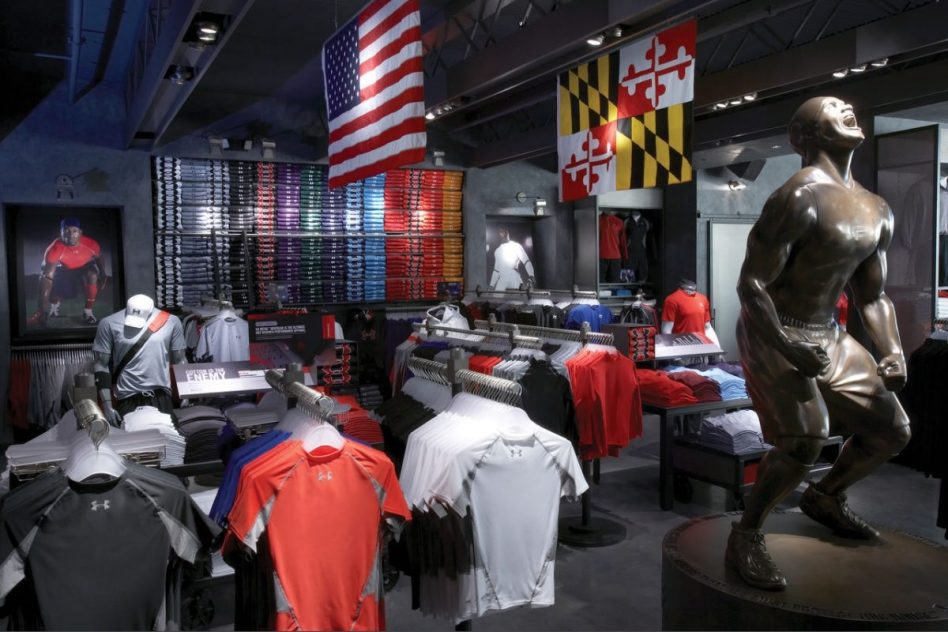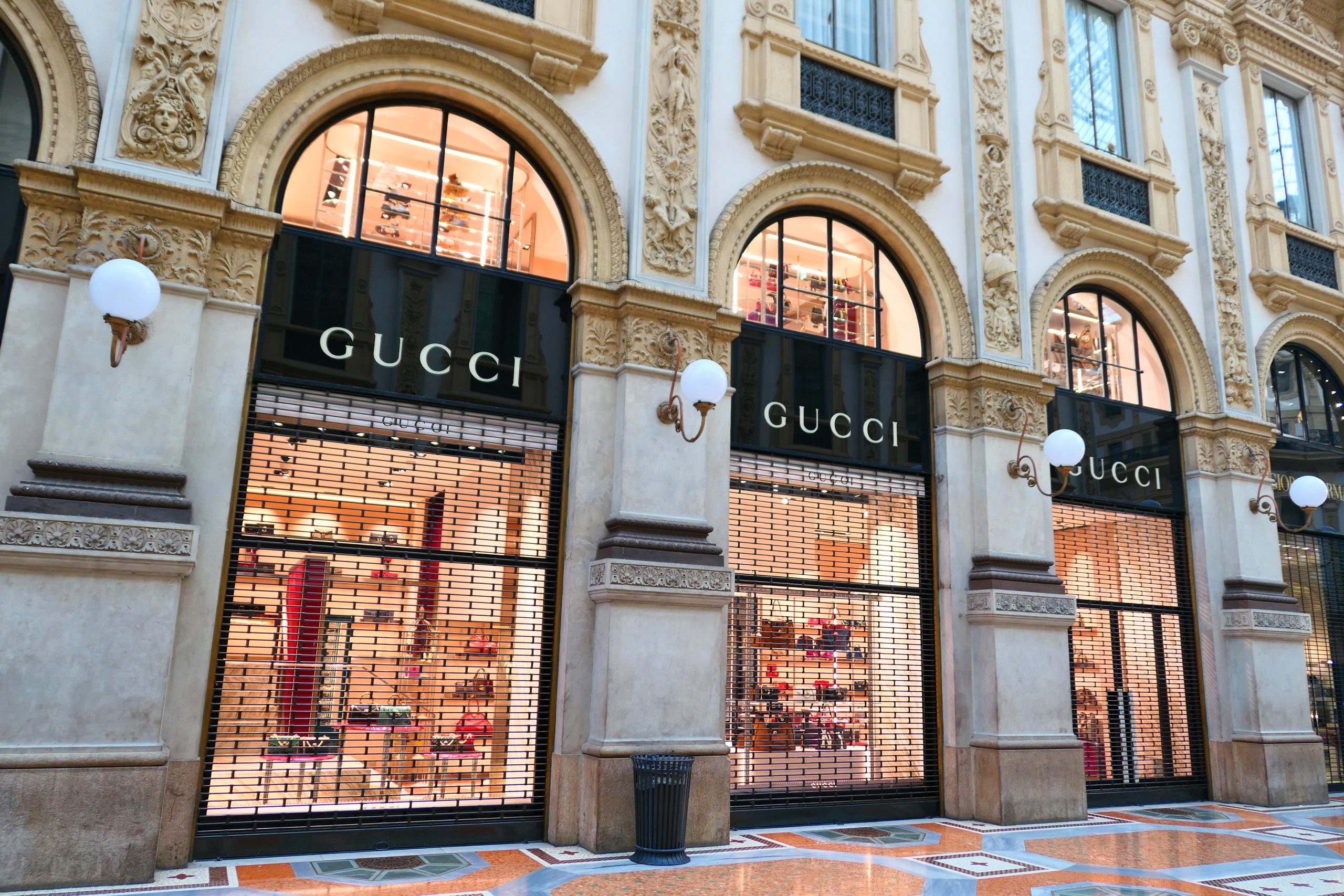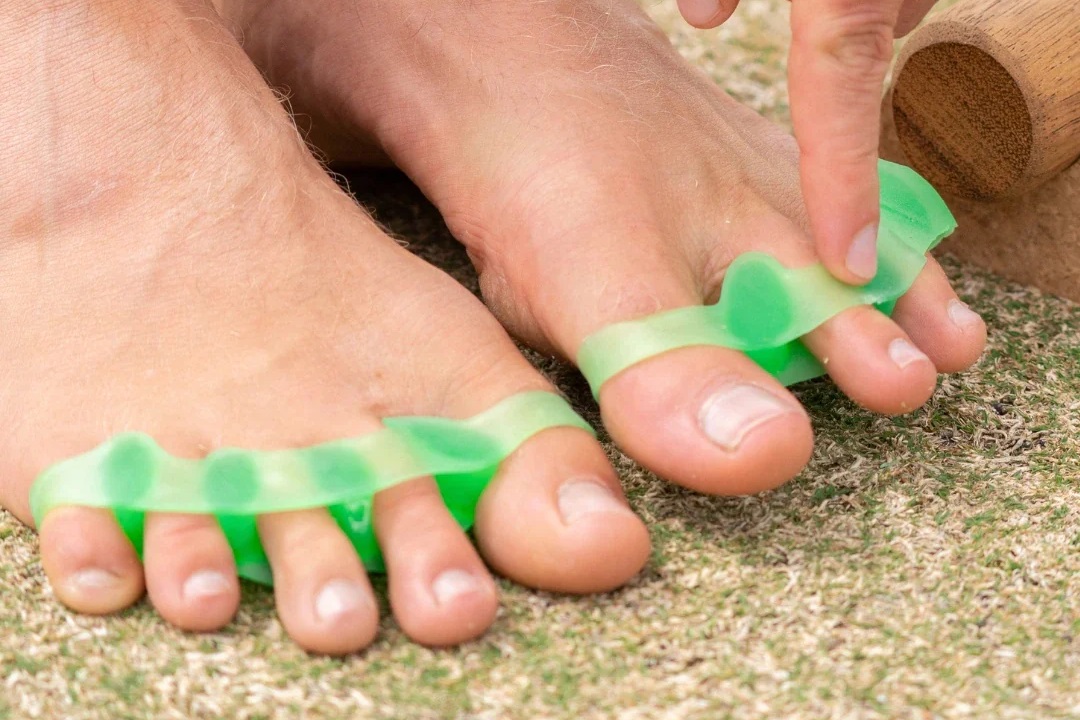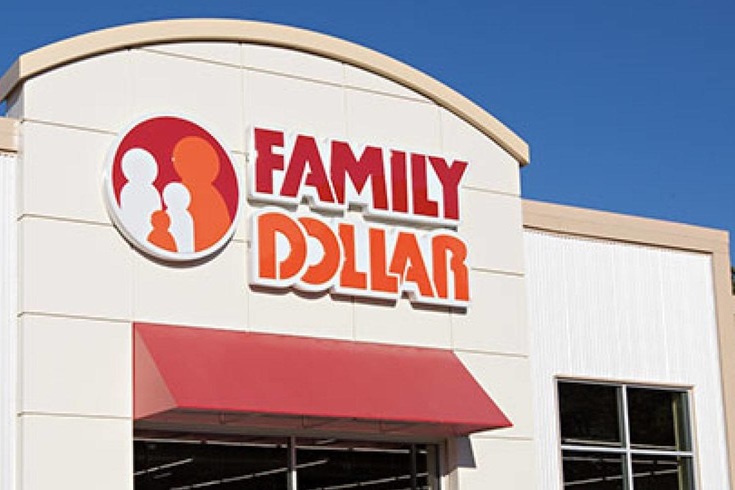
Image: underarmour.com
Over the past couple of months, several substantial fashion labels have reported significant declines in their wholesale profits. Companies such as Under Armour and Canada Goose, for example, both reported Q1 declines this year of 6% and 18% respectively.
In Q2 of this year, VF Corporation, the parent company of Vans apparel reported an almost 40% hit to its American wholesale revenue division, while fashion designer Fossil also revealed a close to 15% drop in wholesale profit, for the same period.
Wholesaling has almost always been known to be a steadier form of selling compared to the likes of direct selling (DTC). This is mainly because orders from retail outlets tend to be more systematic and structured compared to selling directly to customers, which can be heavily influenced by a number of external factors.
With that being said, recently even labels that primarily use DTC selling also started to switch to wholesale, due to the growing cost and competition in the DTC market and the proven track record of stability usually found in the wholesale model.
Unfortunately for labels like Vans, Skechers, Under Armour, Canada Goose, and others, they are finding this not to be the case as revenue from wholesale continues to dip. Retailers are also partly to blame for the problem, as higher levels of excessive inventory and forced discounts are some of the biggest factors for the slowing wholesale sales.
With these excessive stock levels now starting to move as promotions continue, many apparel brands are hopeful for some improvement in the market by Q4 of this year and the always busy holiday period.
Under Armour closed more than 2,000 of its wholesale accounts back in 2020, even though it wholesales to more than 10,000 retail stores worldwide and remains a large aspect of its business model.
This recent reduction in the wholesale business has been said to be a phenomenon mostly felt in the U.S. market. It has been reported that, in June, overall North American wholesale figures dropped by more than 6% compared to figures from the same period last year. Compare this with Under Armour’s wholesale figures from the Asia-Pacific and Latin America regions, where in both cases there was a reported increase in recent wholesale profit.
Even with those markets experiencing recent growth, it still wasn’t enough to make up for the losses suffered in the U.S. market. Globally, Under Armour’s wholesale revenue is down by 6%, to $742 million, while its revenue from DTC selling is up by 4%, to $544 million. This contrast highlights the struggling economy, ongoing inflation, and reduced customer spending, still going on in the U.S. right now.
Wholesaling seems like an advantageous option for fashion labels over DTC selling because it allows for reduced advertising costs and larger order numbers at a time when enticing customer interest is harder than ever.
In spite of the challenges faced by larger brands such as Under Armour and Canada Goose, wholesaling still holds many advantages over DTC, such as the reasons mentioned above and the reduction in distribution and logistics costs. For these reasons, the benefits are too good to simply give up.
Even though E-commerce and direct selling will always remain a big part of these companies in the digital age, the future of wholesale might continue to play a bigger role in the business, as more and more people are returning to department stores these days to make their purchases.

Image: underarmour.com
Over the past couple of months, several substantial fashion labels have reported significant declines in their wholesale profits. Companies such as Under Armour and Canada Goose, for example, both reported Q1 declines this year of 6% and 18% respectively.
In Q2 of this year, VF Corporation, the parent company of Vans apparel reported an almost 40% hit to its American wholesale revenue division, while fashion designer Fossil also revealed a close to 15% drop in wholesale profit, for the same period.
Wholesaling has almost always been known to be a steadier form of selling compared to the likes of direct selling (DTC). This is mainly because orders from retail outlets tend to be more systematic and structured compared to selling directly to customers, which can be heavily influenced by a number of external factors.
With that being said, recently even labels that primarily use DTC selling also started to switch to wholesale, due to the growing cost and competition in the DTC market and the proven track record of stability usually found in the wholesale model.
Unfortunately for labels like Vans, Skechers, Under Armour, Canada Goose, and others, they are finding this not to be the case as revenue from wholesale continues to dip. Retailers are also partly to blame for the problem, as higher levels of excessive inventory and forced discounts are some of the biggest factors for the slowing wholesale sales.
With these excessive stock levels now starting to move as promotions continue, many apparel brands are hopeful for some improvement in the market by Q4 of this year and the always busy holiday period.
Under Armour closed more than 2,000 of its wholesale accounts back in 2020, even though it wholesales to more than 10,000 retail stores worldwide and remains a large aspect of its business model.
This recent reduction in the wholesale business has been said to be a phenomenon mostly felt in the U.S. market. It has been reported that, in June, overall North American wholesale figures dropped by more than 6% compared to figures from the same period last year. Compare this with Under Armour’s wholesale figures from the Asia-Pacific and Latin America regions, where in both cases there was a reported increase in recent wholesale profit.
Even with those markets experiencing recent growth, it still wasn’t enough to make up for the losses suffered in the U.S. market. Globally, Under Armour’s wholesale revenue is down by 6%, to $742 million, while its revenue from DTC selling is up by 4%, to $544 million. This contrast highlights the struggling economy, ongoing inflation, and reduced customer spending, still going on in the U.S. right now.
Wholesaling seems like an advantageous option for fashion labels over DTC selling because it allows for reduced advertising costs and larger order numbers at a time when enticing customer interest is harder than ever.
In spite of the challenges faced by larger brands such as Under Armour and Canada Goose, wholesaling still holds many advantages over DTC, such as the reasons mentioned above and the reduction in distribution and logistics costs. For these reasons, the benefits are too good to simply give up.
Even though E-commerce and direct selling will always remain a big part of these companies in the digital age, the future of wholesale might continue to play a bigger role in the business, as more and more people are returning to department stores these days to make their purchases.



